Texas City Memorial
This memorial marks the devastating day that Texas City was destroyed in a daisy chain of exploding ships.
It was April 16th, 1947, and a crowd had gathered along the shore to watch a fire onboard the SS Grandcamp.
Fires on ships weren’t that unusual in the port of Texas City. Thick with refineries and warehouses, there were always little hotspots popping up, and like many times before, people saw the dense, colorful smoke and wandered down to watch the firemen work. This curiosity would seal their fate as victims of the worst industrial accident in U.S. history.
That unusual smoke that drew the ill-fated audience was caused by the ship’s cargo, 2,300 tons of ammonium nitrate. It was becoming quite a spectacle as the entire Texas City Fire Department battled the blaze, which seemed to be boiling the water around the ship and sending billows of steam into the air. People peered across the docks, watching the strange, yellowish smoke pour into the sky from what seemed like a perfectly safe vantage point. What happened next was a catastrophic explosion beyond comprehension, forcing planes out of the sky and the people of Galvaston, 10 miles away, down to their knees.
First, the ammonium nitrate detonated, and the SS Grandcamp, which was also carrying small arms ammunition and large bales of twine as cargo, was completely obliterated, sending molten steel and flaming twine flying in all directions, leveling close to 1,000 structures, and sending a 15-foot wave crashing over the wharf. The Monsanto Chemical Company plant was completely destroyed, and its fires ignited several more, spreading from refineries to chemical tanks. The blast sent shrapnel into the air, shearing off the wings of two small planes, and the anchor of the Grandcamp flew deep into the city, creating a 10-foot crater when it landed.
They say that the initial blast killed 581 people: everyone on the docks and onboard the Grandcamp, including 27 of Texas City’s 28 firemen, died almost instantaneously. While no city could have possibly been prepared for such a catastrophic explosion, Texas City was at even more of a disadvantage: not only was its entire fire department obliterated, but its phone operators just happened to be on strike. Despite the operators rushing back to work as soon as they could, precious time was lost in regard to calling in fire fighters and resources from outside of the city.
A good 15 hours into the chaos, another ship that had been on fire for hours finally blew. The High Flyer was carrying ammonium nitrate and sulfur and was docked near a warehouse full of fertilizer. When she finally exploded, her shrapnel demolished the nearby SS Wilson B. Keene. A propeller from the High Flyer traveled almost a mile inland. The fires burned for weeks, the damage was overwhelming - 500 homes destroyed, 5,000 injured, 2,000 homeless, 405 identified bodies, 63 never identified, and untold numbers unrecovered. The official death toll was 581, but it’s thought to be much higher than that–hundreds more, in fact, taking into account travelers, seamen, and undocumented workers who had no one to report them missing.
A disaster this size is deserving of a considerable memorial, and while many disasters warrant a plaque or a statue, the Texas City explosion has its own park. Places of reflection include the propeller from the High Flyer and the anchor from the SS Grandcamp, as well as the burial place of remains that were never identified. The firemen have their own angel statue in the center of a fountain . The cause of the fire was never officially determined, but there is a rumor that the culprit was a single, carelessly discarded cigarette.
Know Before You Go
From Houston, the memorial park can easily be reached by taking Interstate 45 South to FM 1764. FM1764/Lowry Expressway is the main road through Texas City, and the park can be reached by making a left at 29th Street. From Bayview, you may reach the park directly by taking 146 Southbound to the 197 Loop/25th Avenue. The memorial park closes at 7pm.


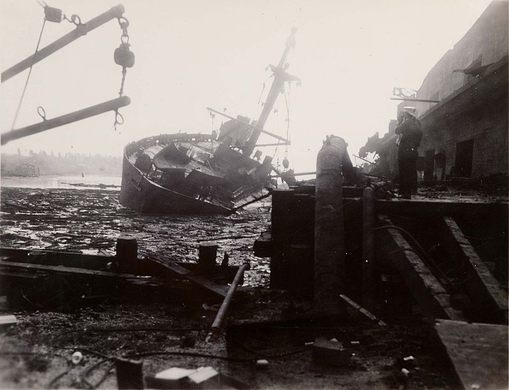
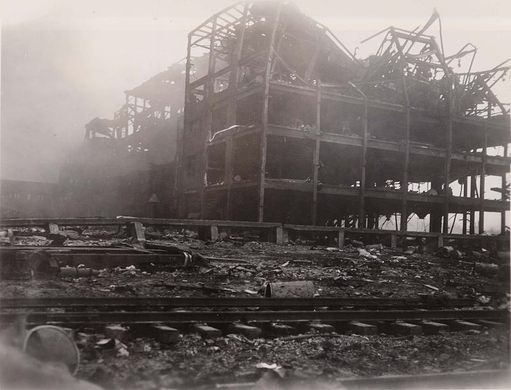

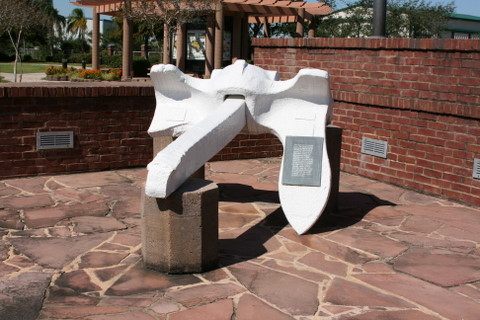















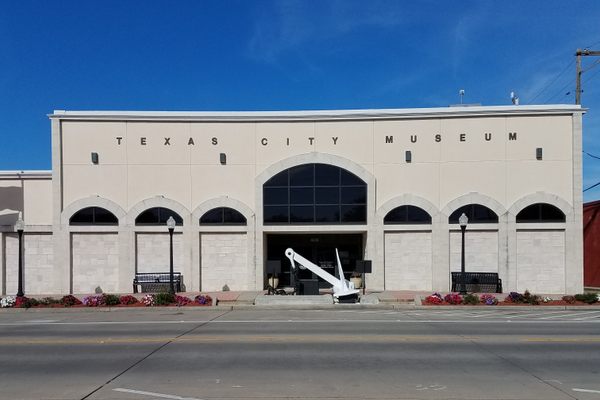



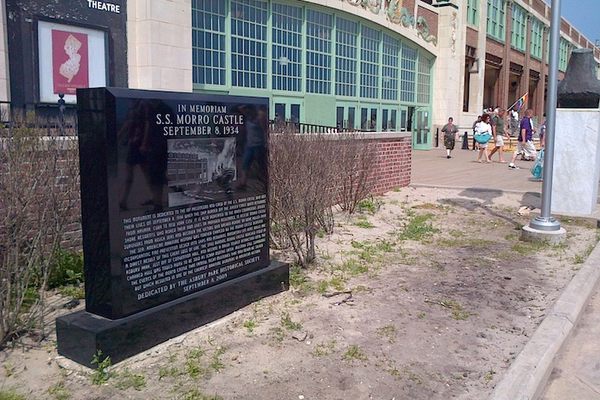
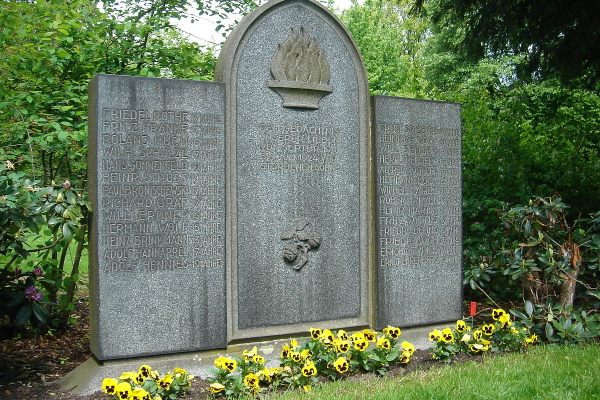
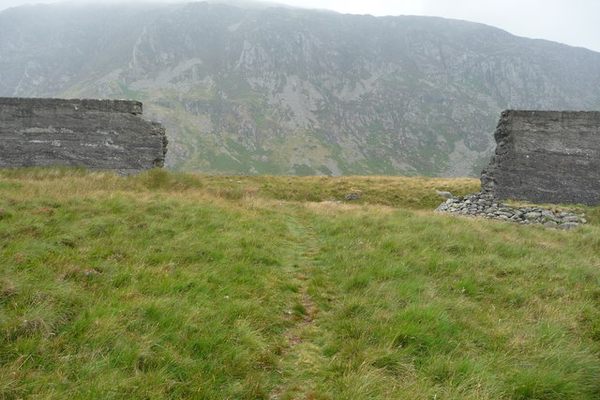
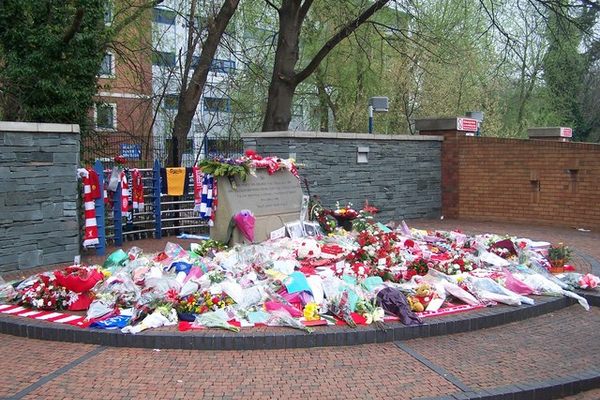

Follow us on Twitter to get the latest on the world's hidden wonders.
Like us on Facebook to get the latest on the world's hidden wonders.
Follow us on Twitter Like us on Facebook